dispatch_apply takes a dispatch queue as a parameter, which allows you to choose which queue to execute the block on.
My understanding is that DispatchQueue.concurrentPerform in Swift is meant to replace dispatch_apply. But this function does not take a dispatch queue as a parameter. After googling around, I found this GCD tutorial which has this code:
let _ = DispatchQueue.global(qos: .userInitiated)
DispatchQueue.concurrentPerform(iterations: addresses.count) { index in
// do work here
}
And explains:
This implementation includes a curious line of code:
let _ = DispatchQueue.global(qos: .userInitiated). Calling this tells causes GCD to use a queue with a.userInitiatedquality of service for the concurrent calls.
My question is, does this actually work to specify the QoS? If so, how?
It would kind of make sense to me that there is no way to specify the queue for this, because a serial queue makes no sense in this context and only the highest QoS really makes sense given that this is a synchronous blocking function. But I can't find any documentation as to why it is possible to specify a queue with dispatch_apply but impossible(?) with DispatchQueue.concurrentPerform.

